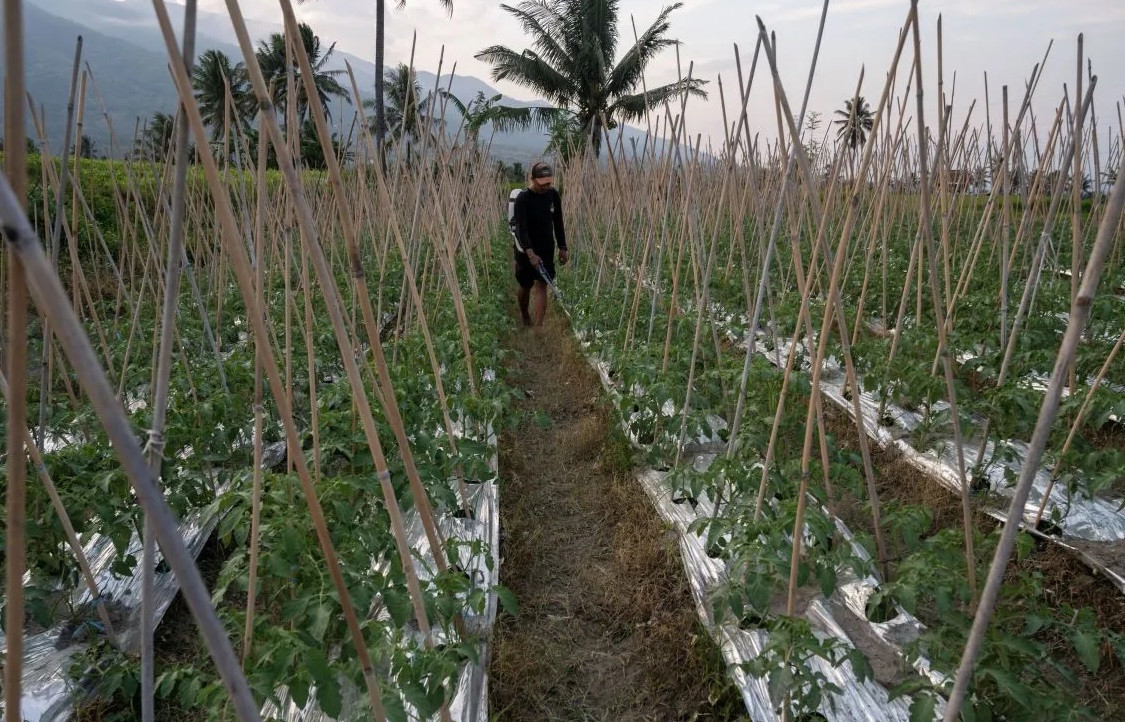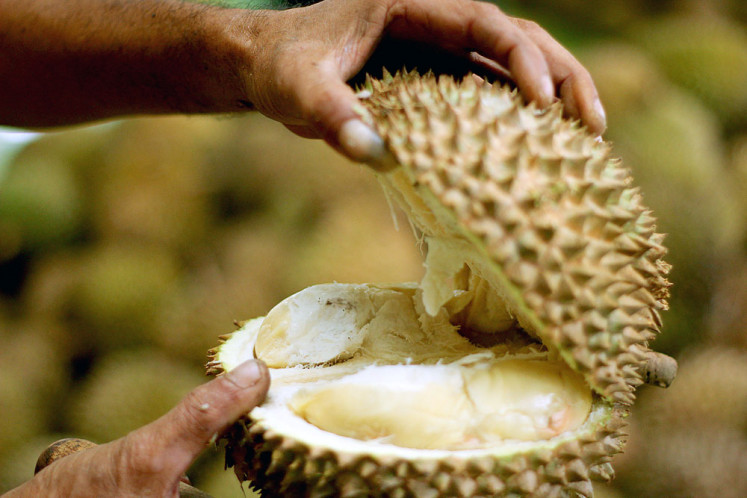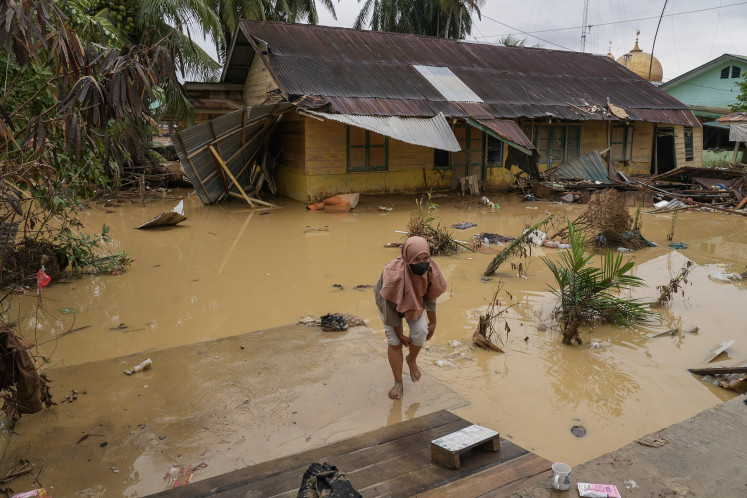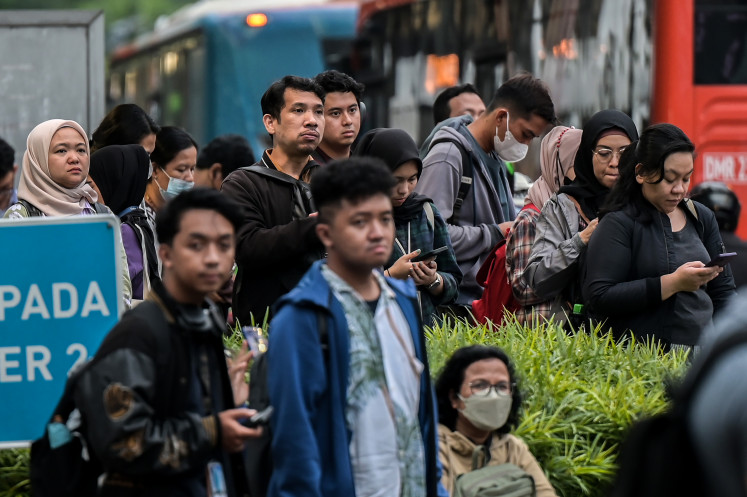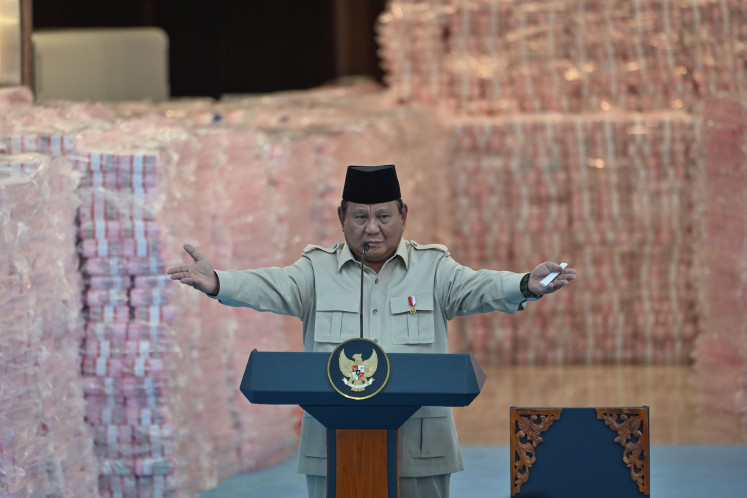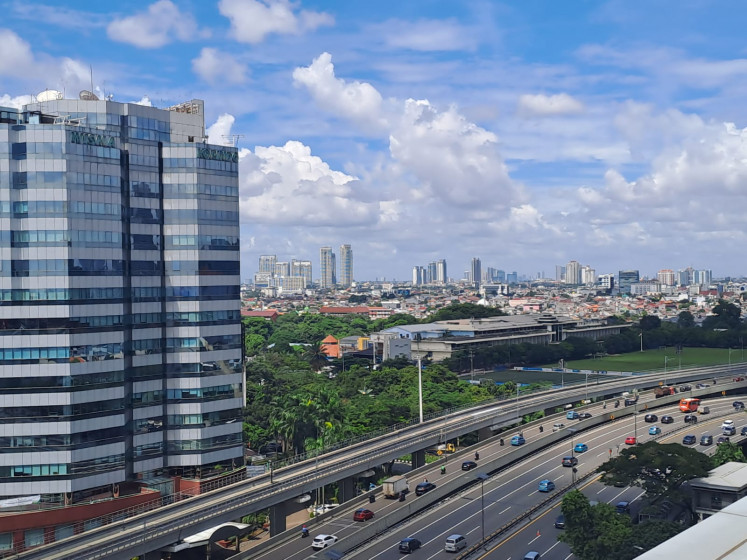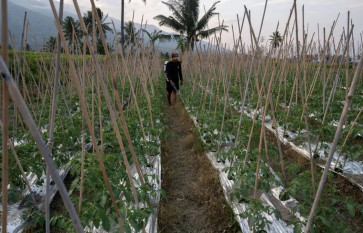Popular Reads
Top Results
Can't find what you're looking for?
View all search resultsPopular Reads
Top Results
Can't find what you're looking for?
View all search resultsThe youth of the future: Innovation and digital-based agriculture
The community plays an important role as a support system in encouraging young people to stay in the agricultural sector.
Change text size
Gift Premium Articles
to Anyone
N
ext year, the United Nations will bring together world leaders and other relevant stakeholders to create a new international consensus on how we deliver a better present and safeguard the future through the “Summit of the Future” in September 2024. With the overarching theme of “Multilateral Solutions for a Better Tomorrow”, the preparations for the event is now under way.
The summit aims to scale up and accelerate efforts to meet our existing commitments and anticipate emerging and future challenges and opportunities. This will be crystalized through an action-oriented outcome document called “the Pact for the Future”, which will be negotiated and endorsed by countries in the lead-up to and during the summit in September next year.
It is interesting to note that “the Pact for the Future” will comprise five important chapters, with one of the chapters specifically named “Youth and Future Generations”. We agree that it will be impossible to discuss the future without meaningfully including this part of the demographic. It will also be impossible to talk about the future without trying to find solutions to food security and agri-food systems transformation.
Currently, amid the threat of a food crisis, the world is facing the problem of farmer regeneration. Farmers are getting older and the lack of interest of young people in joining the agricultural industry is worrying. In Indonesia, based on the latest Statistics Indonesia (BPS) Agricultural Census, 58 percent of farmers are aging and have little education. This fact shows that the involvement of young people in the agricultural sector is an important prerequisite for Indonesia if it wants to cope with food insecurity and sustain the agriculture sector.
Notwithstanding the rising recognition of youth’s important role in supporting innovation and digital-based agriculture within the framework of the Summit of the Future, the range of expertise, best experiences, lessons learned and how it all can be utilized to address different capacity gaps in global, regional and national levels needs to be understood further.
Allow us to try to summarize and capture important sharing on areas where we could enhance and strengthen the role of youth to support innovation and digital-based agriculture to promote more inclusive, resilient and sustainable agriculture.
First, on youth inclusion. Efforts to promote better active and meaningful participation of youth in addressing capacity and capability gaps, as well as in exploring concrete ideas for innovative collaboration and projects need to be carried out within the framework of the national development plan. Rhetoric should be transformed into concrete projects, affirmative actions and clear road maps and pathways.

